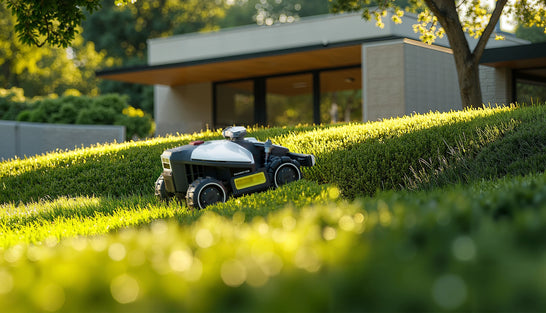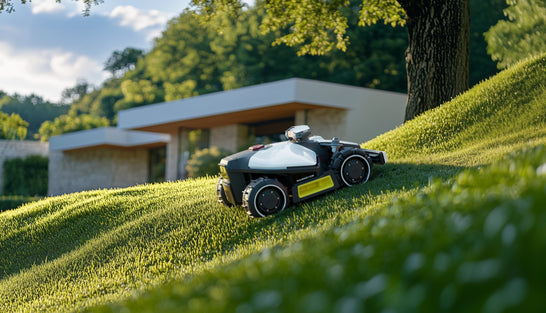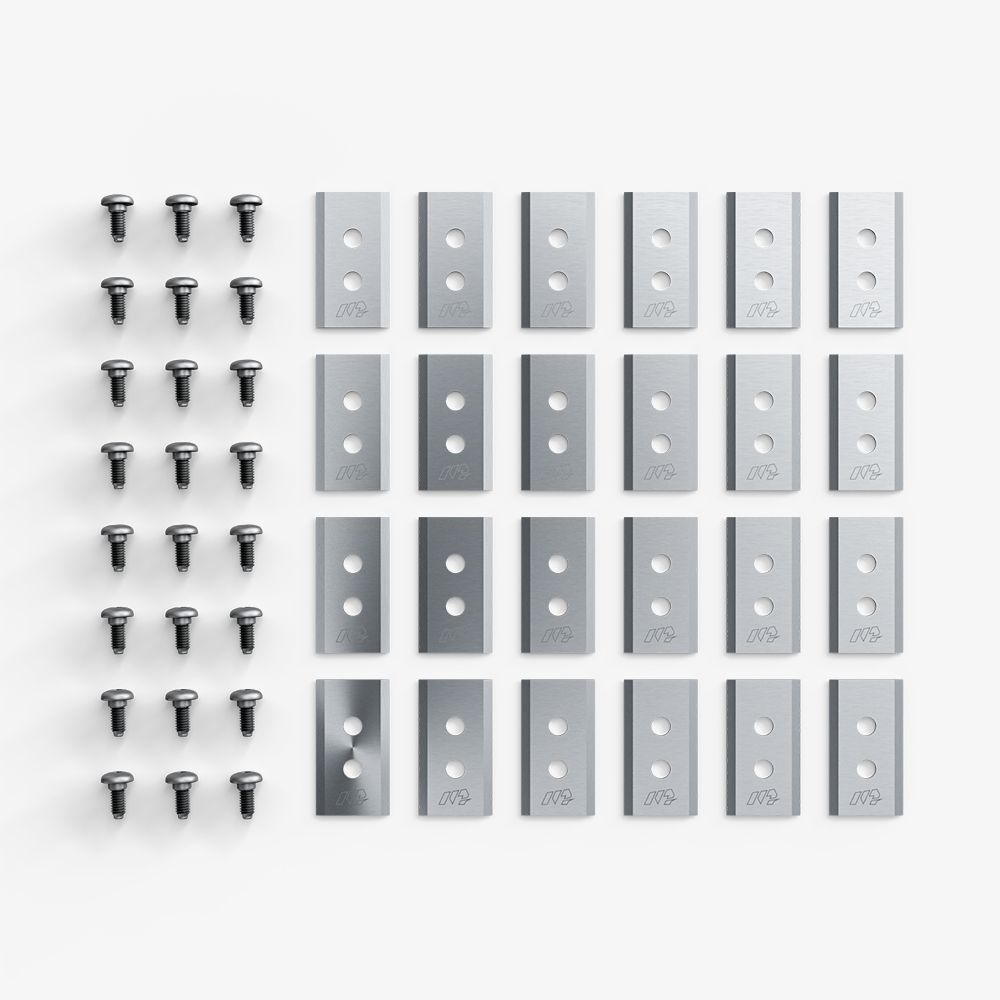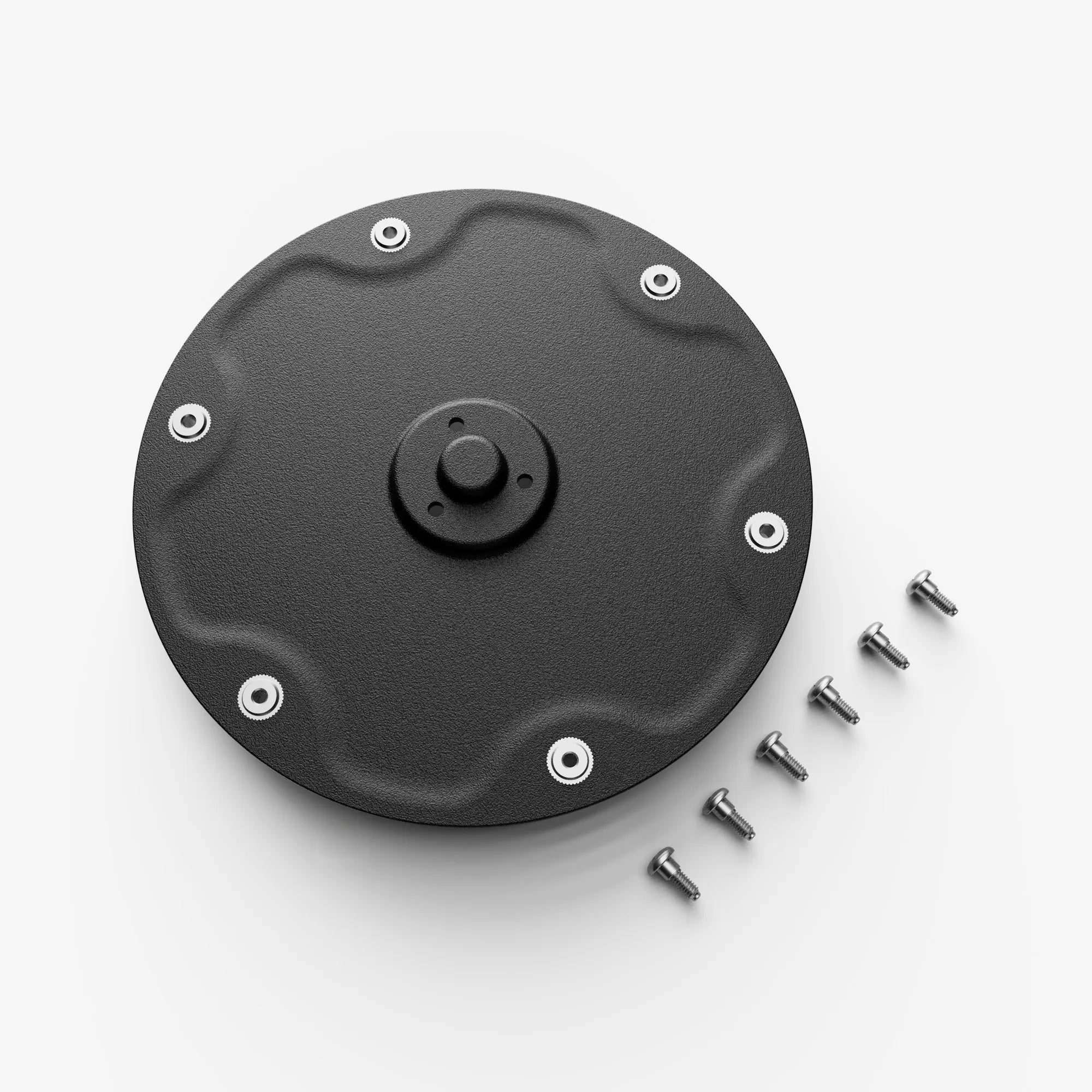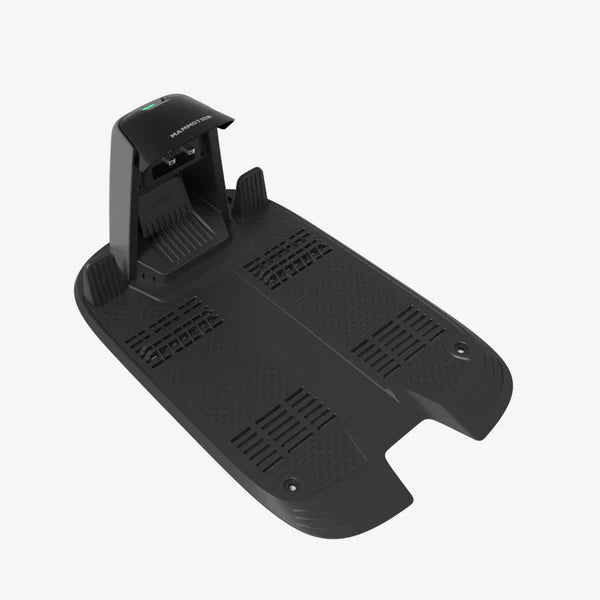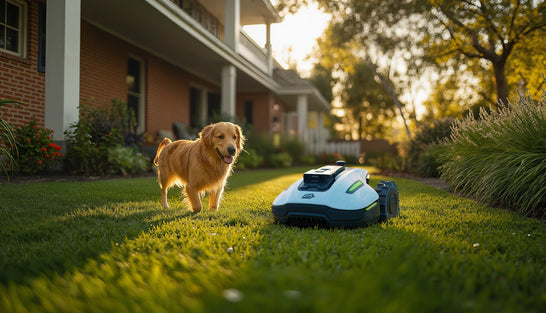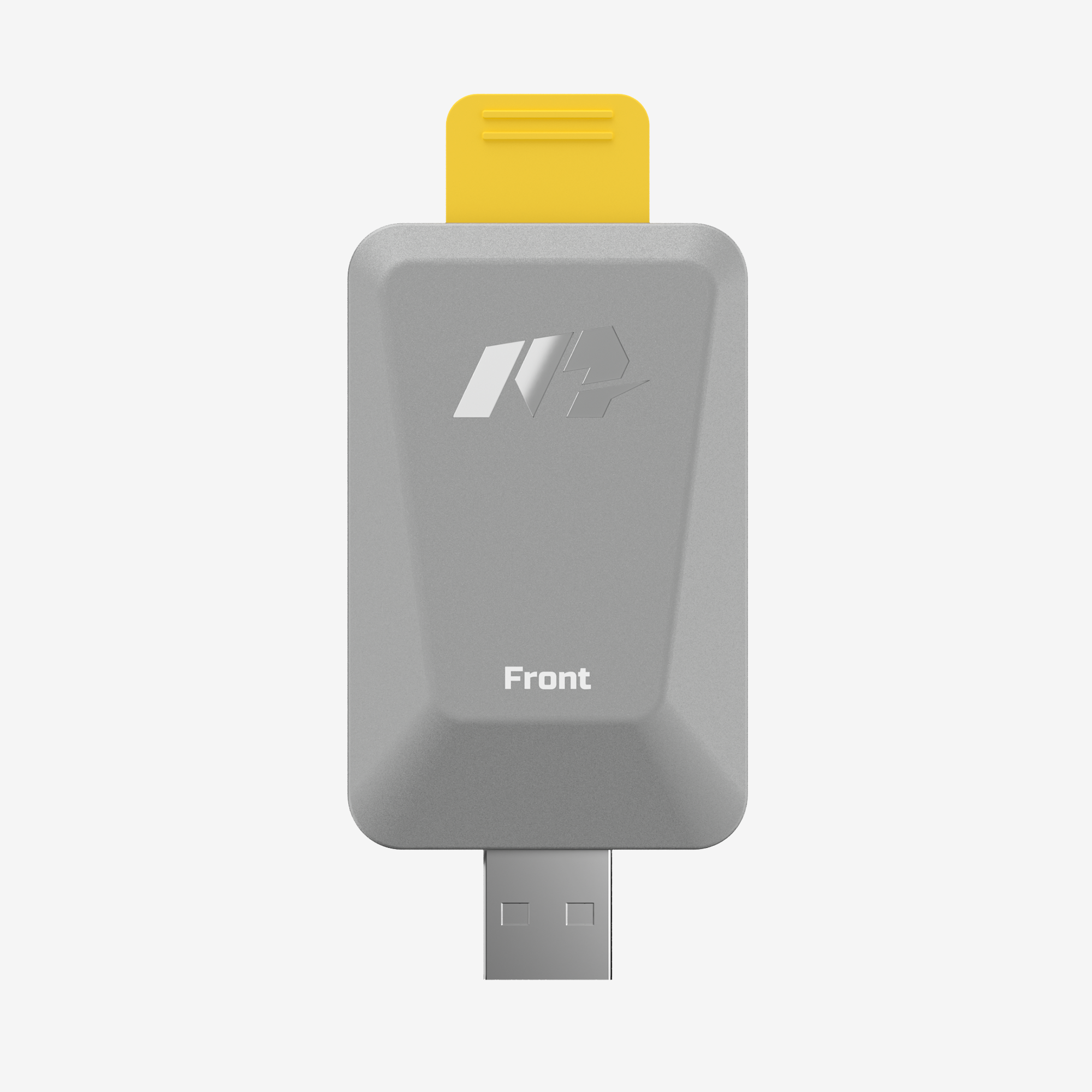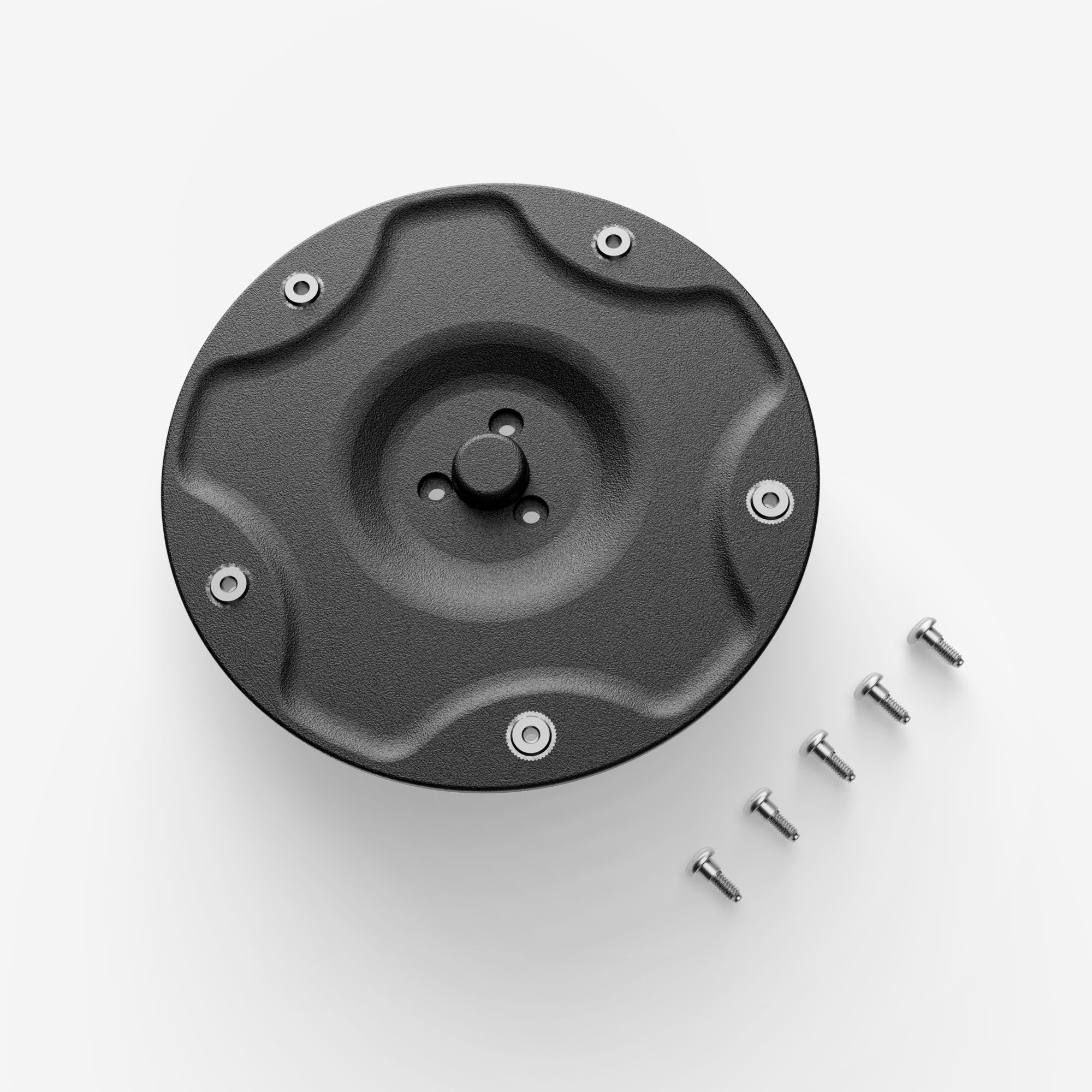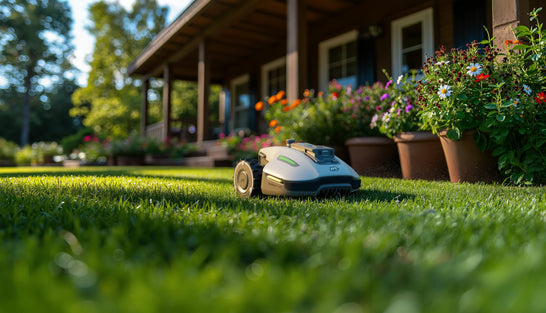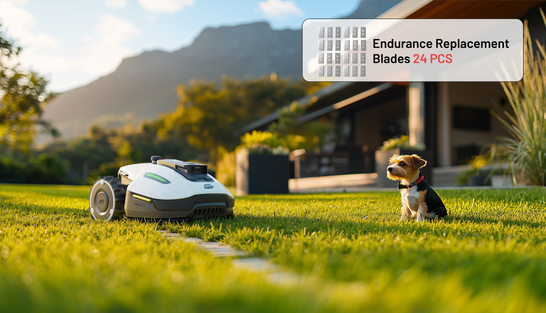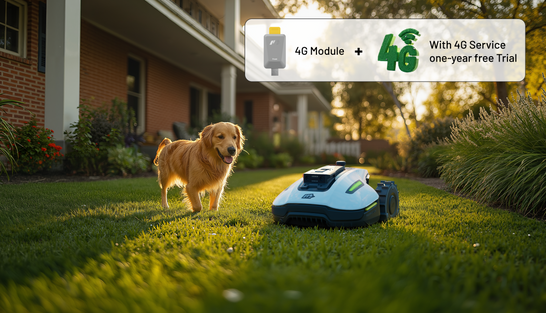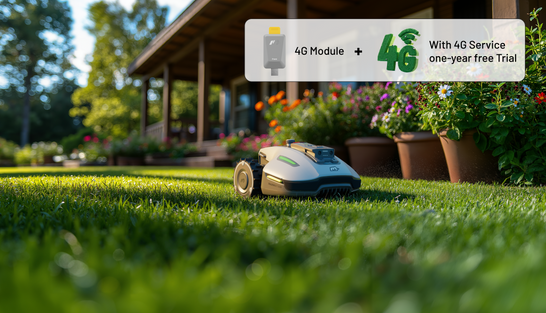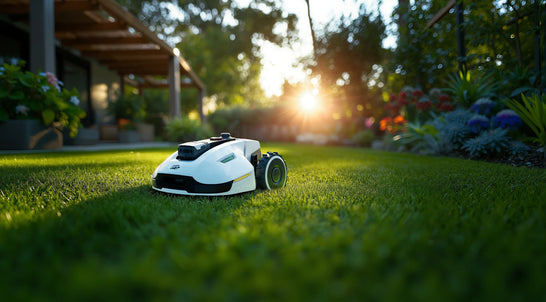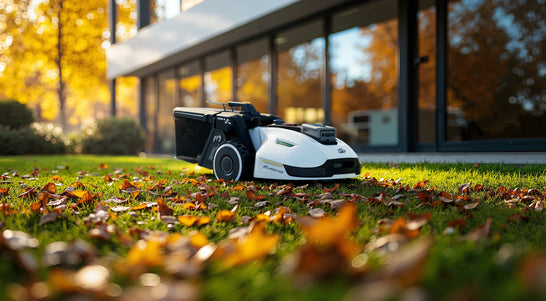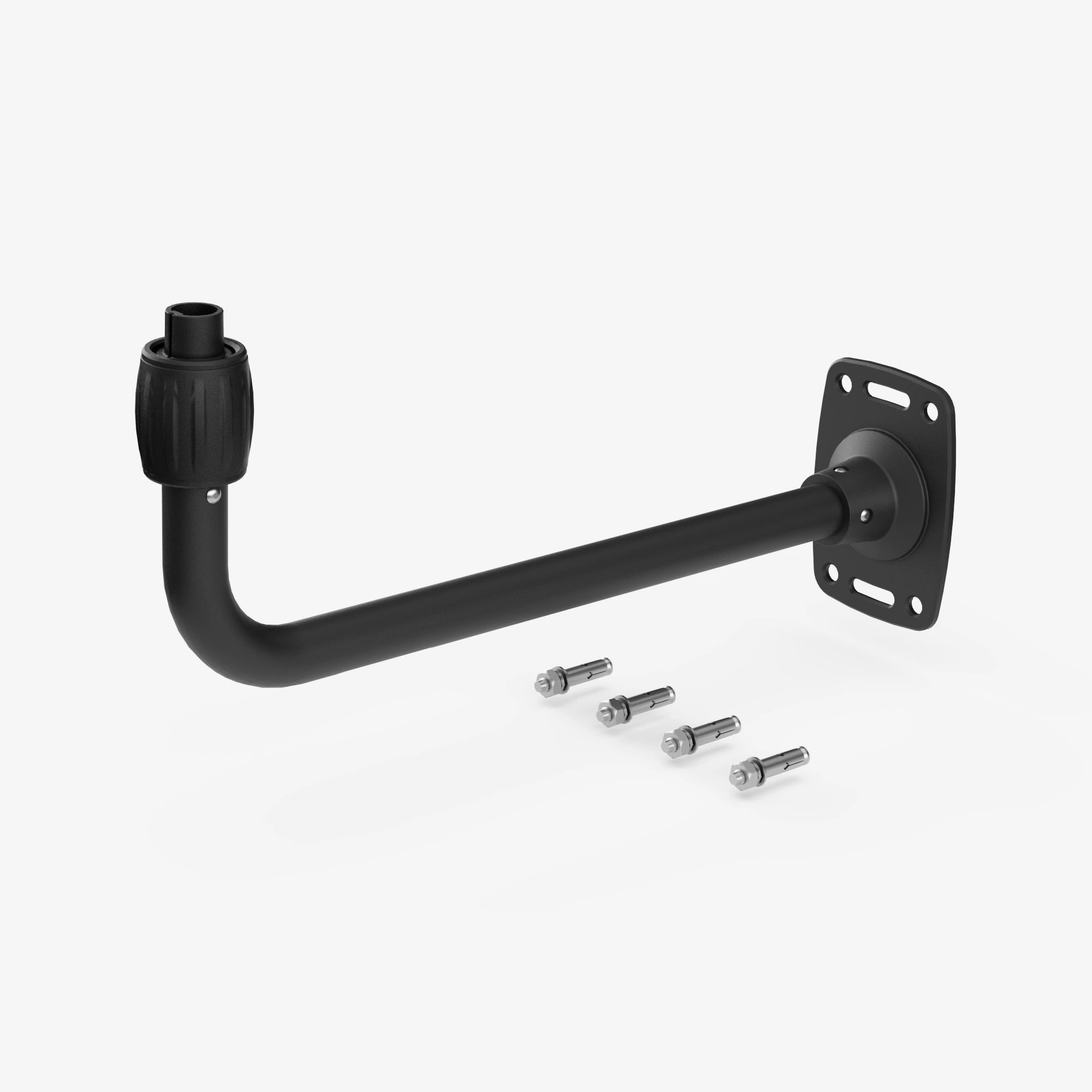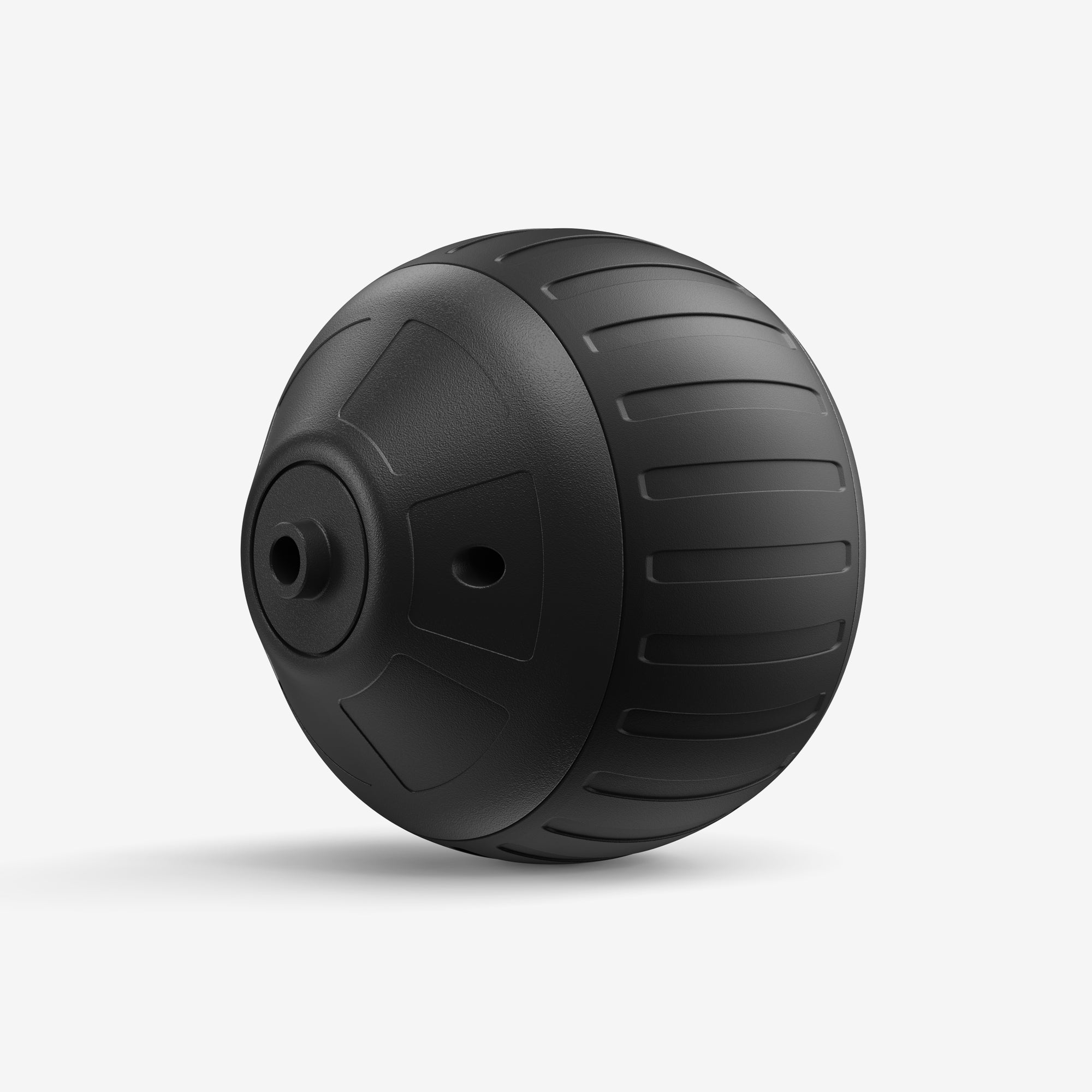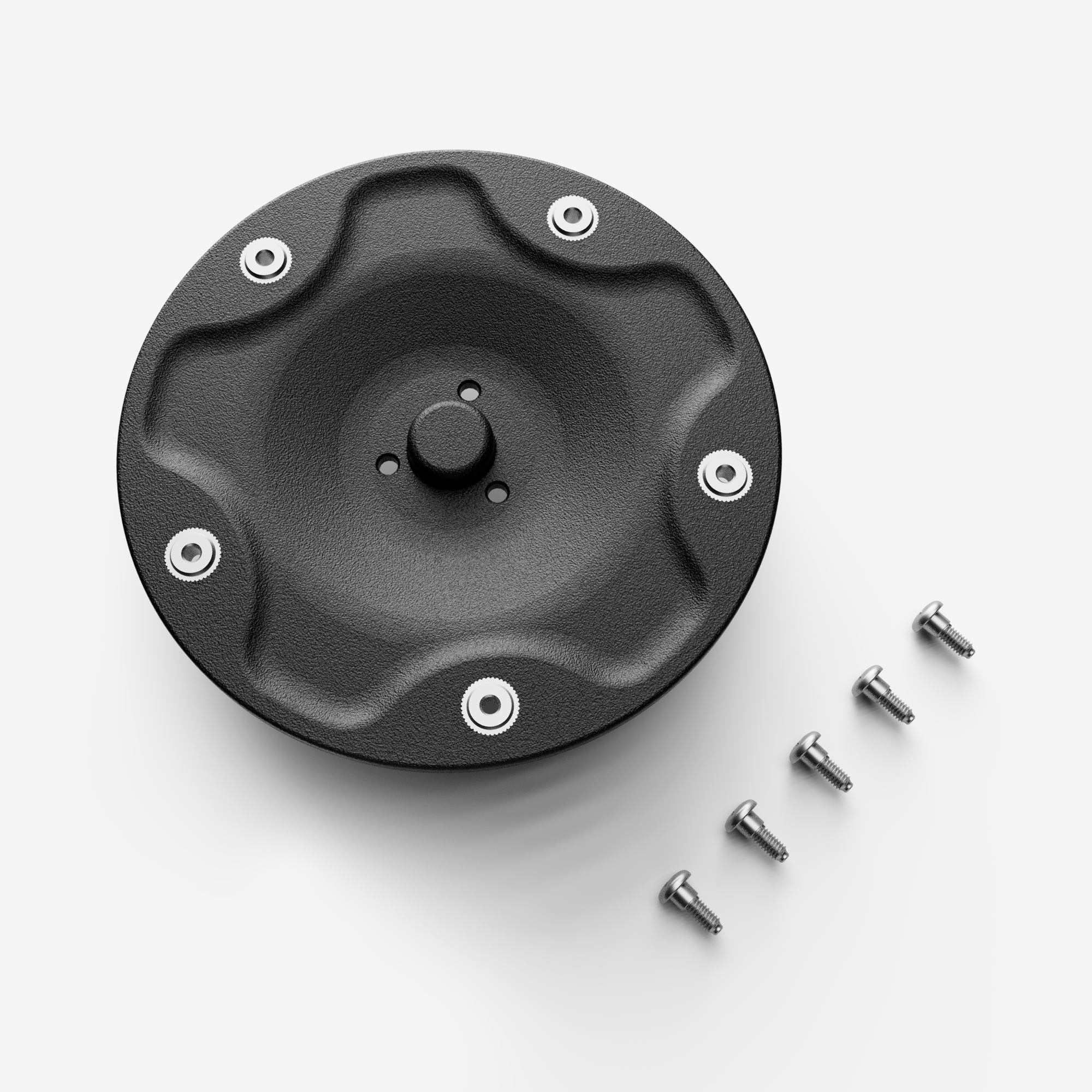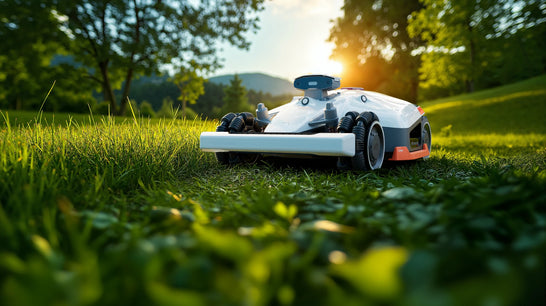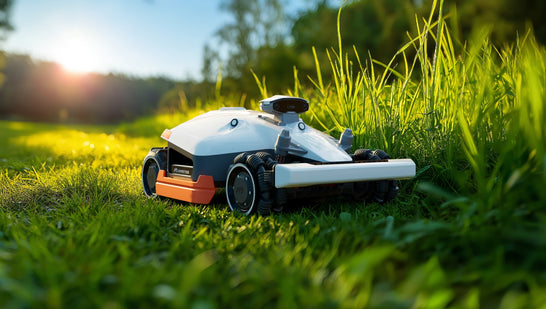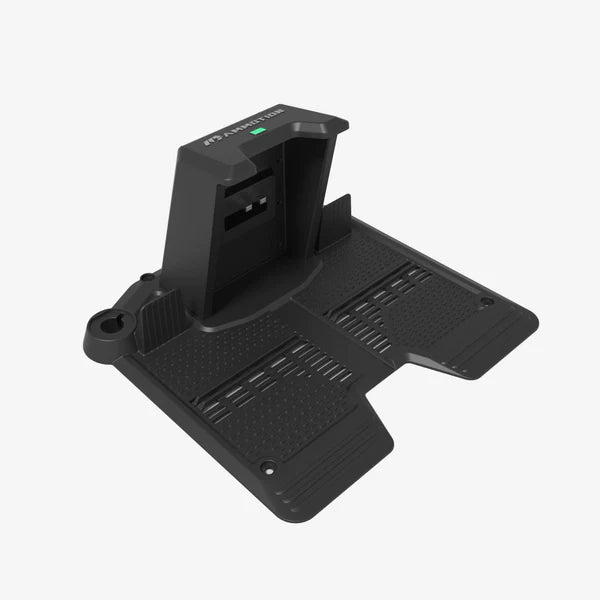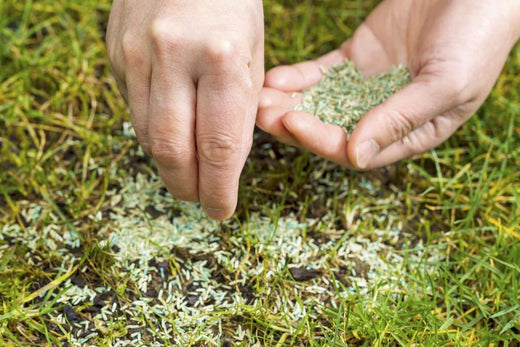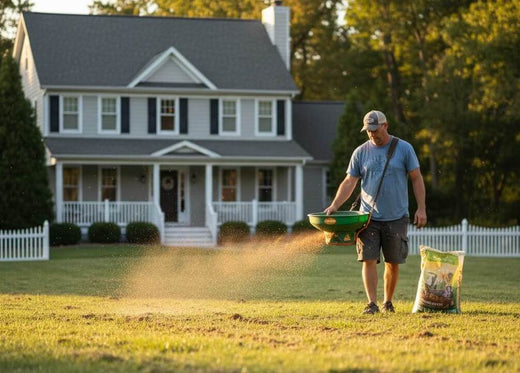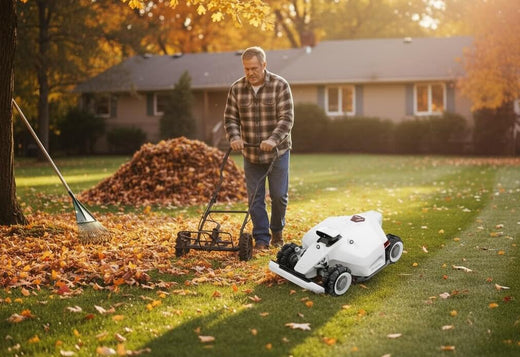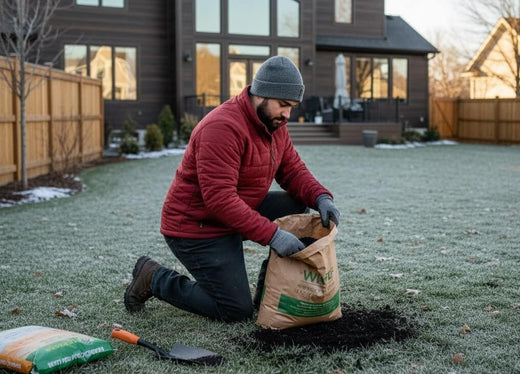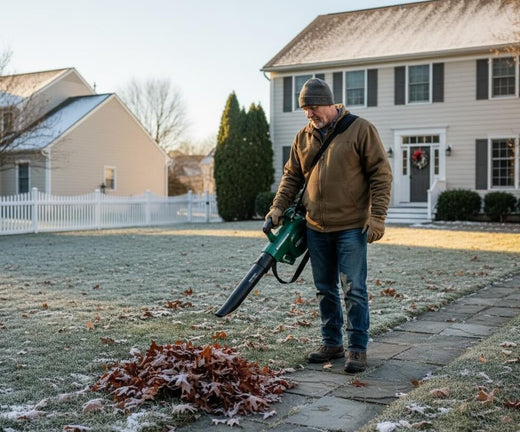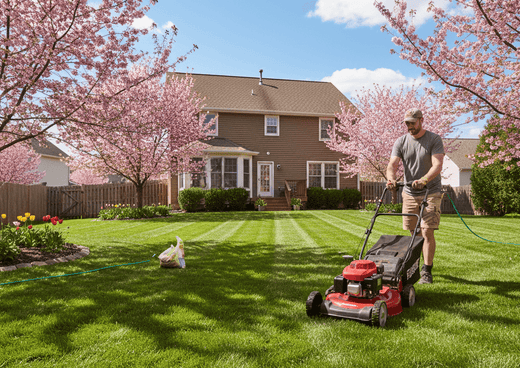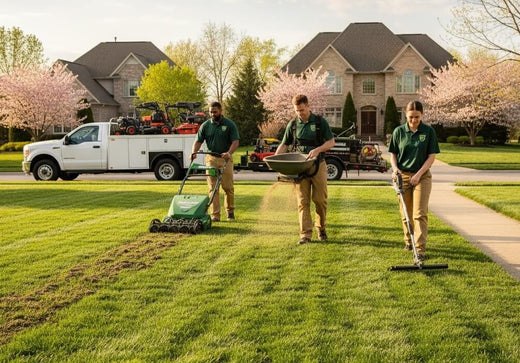Spring is a crucial time for lawn care, especially when it comes to deciding when to seed your lawn in spring. Choosing the right moment to plant grass seed can make all the difference in how your lawn thrives. With proper timing, you can establish a lush, green lawn that’s healthy and resistant to weeds. But, as with many gardening tasks, when to seed your lawn in spring is key. In this article, we’ll explore the best and worst times to seed your lawn in spring, along with helpful spring lawn seeding tips to ensure your grass grows strong and vibrant.
What is Lawn Seeding Timing
Lawn seeding is the process of planting grass seed on an existing lawn to help fill in bare patches, repair damage, or establish a new lawn. Knowing when to seed your lawn in spring is essential for successful grass growth. Seeding at the right time ensures that seeds germinate under optimal conditions, allowing grass to establish deep roots and grow thick.
Several factors determine the right time to seed your lawn, including soil temperature, weather patterns, and the type of grass you're planting. Soil temperature plays a significant role in determining when to seed your lawn in spring. Grass seeds need warmth to germinate, and the soil must be at least 50°F to 65°F for cool-season grasses (like Kentucky bluegrass and fescue) to germinate successfully.
The right weather conditions also play a vital role. Consistent, mild temperatures and occasional rainfall provide the ideal environment for newly planted seeds to grow. Moreover, the type of grass you choose influences when to seed your lawn in spring, as cool-season grasses typically require earlier seeding than warm-season grasses.
Timing of Seed a Lawn in Spring
When it comes to seeding your lawn in spring, the timing is essential for ensuring healthy, vibrant grass growth. The soil temperature, weather conditions, and the type of grass you are planting all play a role in determining the best time to seed your lawn. In this section, we’ll explore the best and worst times to seed your lawn in spring, so you can make an informed decision and set your lawn up for success.
Best Time to Seed a Lawn in Spring
For cool-season grasses like Kentucky bluegrass, fescue, and ryegrass, the best time to seed your lawn in spring is from late April to early June. During this period, soil temperatures typically range from 50°F to 65°F, which is perfect for germination. When to seed your lawn in spring is critical for ensuring optimal growth, and the mild spring temperatures combined with occasional rainfall create ideal conditions for the seeds to sprout. This allows the grass to establish healthy roots before the heat of summer arrives.
For warm-season grasses such as Bermuda, Zoysia, and St. Augustine, the ideal time to seed your lawn in spring is later, typically from late May to early June. These grasses require soil temperatures above 65°F to germinate effectively. This window ensures the soil warms sufficiently, giving seeds the best chance to take root and thrive as the weather heats up. Seeding too early, while the soil is still too cool, can delay germination or result in weak, slow-growing grass.
Worst Time to Seed a Lawn in Spring
Although spring provides an excellent opportunity for lawn seeding, there are also times when seeding your lawn in spring is not advisable.
For cool-season grasses, seeding too early, before the soil reaches 50°F, can result in poor or delayed germination. Cold soil doesn’t provide the right conditions for seed development, and this could lead to wasted time and resources. Additionally, early seeding may expose young grass to late-season frosts, damaging the seedlings.
For warm-season grasses, seeding too early (before the soil warms up to 65°F) can also lead to poor germination. Seeding too early will leave seeds dormant or cause them to rot in cold soil. Seeding too late can expose young grass to intense summer heat, which stresses the seedlings and may prevent proper root development.
Another critical time to avoid seeding is during extreme weather conditions. Heavy rains can wash away seeds, while hot, dry spells can dry out newly planted seeds before they have a chance to establish. It’s essential to check the weather forecast and plan accordingly to ensure the best conditions for seeding your lawn in spring.
Preparing for Spring Lawn Seeding
Successful spring lawn seeding begins with thorough preparation. By following these steps, you can ensure that your lawn has the best possible environment for the grass seeds to thrive and establish strong roots.
Step 1: Test and Amend the Soil
Before you start spring seeding, it's crucial to test your soil’s pH. Grass grows best in slightly acidic to neutral soil, with a pH level between 6.0 and 7.0. If your soil is too acidic or alkaline, consider adding amendments like lime or sulfur to adjust the pH. Additionally, adding compost or organic matter improves soil structure, which allows seeds to establish deeper roots and promotes healthy grass growth during spring.
Step 2: Aerate the Soil
Over time, soil can become compacted, especially in high-traffic areas. Aerating the soil before spring lawn seeding is vital. It helps alleviate compaction, allowing water, air, and nutrients to penetrate deeper into the soil. Aerating increases the chances of grass seeds making good contact with the soil and developing strong, healthy roots.

Step 3: Remove Debris and Weeds
For optimal seed-to-soil contact, it’s essential to clear your lawn of any old grass clippings, leaves, or debris that may obstruct the seeds. Additionally, weeds can compete with new grass for vital nutrients. Removing weeds before planting ensures your grass seeds have the best chance to grow without competition.
Step 4: Use the Right Seed
Choosing the right grass seed for your region’s climate and soil type is key to successful spring lawn seeding. For cool-season grasses, opt for varieties like Kentucky bluegrass, fescue, or ryegrass, which are best suited for cooler climates. For warm-season grasses, Bermuda, Zoysia, and St. Augustine are ideal for warmer regions.
Step 5: Evenly Distribute the Seed
When spreading your seed, use a broadcast spreader to ensure even distribution. It’s important to follow the recommended seeding rate for your specific grass type. Avoid overcrowding or under-seeding, as both can lead to poor grass growth. Evenly distributed seeds are more likely to germinate successfully and form a thick, lush lawn.
Step 6: Lightly Rake and Water
After seeding, lightly rake the soil to help the seeds make good contact with the ground. This helps them establish better. Water your lawn gently and keep it moist until the seeds begin to germinate. Regular, light watering is essential for young grass to establish strong roots and thrive throughout the spring.
Signs Your Lawn is Ready for Spring Seeding
Before you begin seeding your lawn in spring, it's crucial to know when the conditions are right for the grass seeds to take root and thrive. Here are the key signs that indicate your lawn is ready for spring seeding:
1. Soil Temperature
The most important factor for successful spring lawn seeding is soil temperature. To check the soil temperature, use a soil thermometer. For cool-season grasses, you should aim for soil temperatures between 50°F and 65°F. For warm-season grasses, wait until the soil temperature reaches at least 65°F or higher. Soil that is either too cold or too hot will prevent the seeds from germinating properly, so be patient and wait for the right conditions before you start seeding your lawn in spring.
2. Weather Forecast
Ideal weather conditions for seeding your lawn in spring involve consistent mild temperatures combined with occasional rainfall. Spring rains are crucial for keeping the soil moist, which is essential for seed germination. It’s best to avoid seeding during extreme weather conditions like heavy rain or a sudden heatwave. While seeds need steady moisture, excessive rainfall can wash seeds away, and intense heat can dry out the seeds before they have a chance to establish roots.
3. Soil Preparation
Proper soil preparation is key to ensuring your spring lawn seeding is successful. If your lawn has compacted soil, it’s a good idea to aerate it. Aerating the soil helps the seeds make better contact with the soil, allowing for better germination and root development. You should also remove any debris, dead grass, or weeds that may compete with the new seeds for nutrients and water. Testing your soil’s pH levels and making necessary adjustments—such as adding lime or organic matter—can further improve seed growth and establish a strong lawn.
Post-Seeding Care Tips for Your Lawn
After you've seeded your lawn, the real work begins. Proper post-seeding care is crucial to ensure that your grass seeds germinate successfully and develop into a healthy, vibrant lawn. Here are some essential tips to help your newly seeded lawn thrive:
1. Watering
Water is critical for seed germination, but it’s important to strike the right balance. In the first few weeks after seeding, water lightly and frequently—at least once a day—to keep the soil consistently moist but not soggy. Over-watering can lead to root rot, so be cautious. Once the seeds have germinated and the grass starts to grow, you can reduce watering to a few times a week. However, ensure you water deeply to encourage strong root development and drought resistance.
2. Mowing
Don’t mow your new grass too soon. Allow the grass to grow to about 3 to 4 inches before the first mow. Mowing too early can damage tender grass and slow its growth. After the first mow, set your mower to a higher setting (about 3 inches) to allow the grass to continue growing strong roots without being stressed by frequent cutting.
3. Fertilizing
Fertilizing your lawn after seeding promotes healthy grass growth and root development. Use a balanced fertilizer that suits your grass type and local soil conditions. Typically, a slow-release fertilizer is ideal for newly seeded lawns, as it provides steady nutrient release over time. Apply the fertilizer lightly, and always follow the manufacturer’s instructions to avoid overfeeding the young grass, which can lead to weak or burned grass.
4. Avoiding Foot Traffic
Try to minimize foot traffic on your newly seeded lawn. Walking on the grass before it has established can cause soil compaction, damaging fragile seedlings and hindering their growth. If possible, create pathways or use temporary barriers to protect the young grass from being trampled. This helps prevent stress on the young grass and ensures better germination and establishment.
5. Weed Control
Weeds can quickly compete with newly seeded grass for vital nutrients and water. Keep an eye out for weeds, but be cautious when using weed killers. Many herbicides can damage young grass, so it's best to wait until the grass is more established (around 3 to 4 weeks) before applying any chemical weed control. Early on, consider hand-pulling weeds or using natural, non-toxic weed control methods.
Common Mistakes to Avoid When Seeding Your Lawn in Spring
Common Mistakes to Avoid When Seeding Your Lawn in Spring
Seeding your lawn can be a rewarding task, but it's easy to make mistakes that can hinder the process and affect the outcome. Avoid these common errors to ensure your lawn grows healthy and lush:
1. Seeding at the Wrong Time
One of the biggest mistakes when seeding your lawn is choosing the wrong time. Seeding too early, before the soil temperature reaches 50°F, can result in poor germination. On the other hand, seeding too late exposes your grass to hot, stressful conditions. Ensure that the soil is at the optimal temperature for your grass type before planting, as this plays a critical role in seed success.
2. Overseeding or Under-seeding
Finding the right balance in seed distribution is essential. Overseeding can lead to overcrowded grass, which competes for nutrients, resulting in weak growth. Under-seeding, on the other hand, leaves bare patches that can allow weeds to take over. Always follow the recommended seeding rate for your specific grass type to maintain a healthy, balanced lawn.
3. Inadequate Soil Preparation
Skipping soil preparation is a surefire way to fail in the seeding process. Poor seed-to-soil contact can hinder seed germination. Before seeding, make sure to test your soil, amend it accordingly (e.g., adjusting pH levels), and aerate it to ensure the seeds can make direct contact with the soil. Proper soil preparation creates the best environment for seeds to thrive.
4. Not Watering Enough
Watering is crucial for the successful germination of your newly seeded lawn. It's easy to overlook the moisture needs of young grass, especially during dry spells. Keep the soil consistently moist, but avoid over-watering, which can lead to mold growth or drown the seeds. Once the seeds have germinated and the grass establishes roots, reduce watering frequency and water deeply to encourage strong root development.
5. Neglecting Weed Control
Weeds are a major threat to your newly seeded lawn, as they compete with young grass for essential resources. Early on, avoid using harsh herbicides, as they can damage tender grass. Instead, focus on manual weed control by hand-pulling or using organic solutions. Keeping weeds under control ensures that your grass gets the nutrients and water it needs to thrive.
Conclusion: Achieving a Lush Lawn with Proper Seeding Timing
Properly seeding your lawn in spring is the foundation for a lush, healthy lawn that thrives throughout the year. Success depends on seeding at the right time, preparing the soil well, and providing proper care. By avoiding common mistakes and following the steps outlined, you’ll be on your way to achieving a beautiful, green lawn that will flourish for seasons to come.
Frequently Asked Questions
1. When should I start seeding my spring grass?
The optimal time to seed your lawn in spring depends on the type of grass you are planting:
- Cool-Season Grasses: These grasses, such as Kentucky bluegrass, fescue, and ryegrass, thrive when seeded in early to mid-spring. Aim for soil temperatures consistently above 50°F to promote successful germination.
- Warm-Season Grasses: Grasses like Bermuda, Zoysia, and St. Augustine should be seeded in mid to late spring when soil temperatures reach between 65°F and 75°F.
For a detailed guide, refer to this resource: When to Seed Lawn in Spring.
2. Is it worth seeding a lawn in spring?
Yes, spring is an excellent time to seed your lawn, especially for cool-season grasses. Seeding in spring allows the grass to establish before the heat of summer. However, for warm-season grasses, late spring is preferable to ensure optimal growth during the warmer months.
3. What happens if you plant grass seed too early in the spring?
Planting grass seed too early, before the soil has warmed to the appropriate temperature, can lead to poor or delayed germination. Cool-season grasses require soil temperatures above 50°F (10°C), while warm-season grasses need temperatures above 65°F (18°C). Seeding in cold soil may result in seeds remaining dormant or rotting.
4. What month should I put grass seed down?
The ideal month for seeding varies by region and grass type:
- Cool-Season Grasses: Typically seeded in early to mid-spring, around March to April, depending on your location.
- Warm-Season Grasses: Best seeded in mid to late spring, from late April to early June, when soil temperatures are consistently warm.
It's important to monitor local climate conditions to determine the best seeding time for your area.
5. What temperature kills grass seed?
Grass seeds are generally resilient to temperature extremes, but soil temperatures below 50°F (10°C) will inhibit germination, and frost can damage newly germinated seedlings. Extremely high temperatures combined with low moisture also can hinder germination and seedling establishment.
6. When should I start seeds for spring?
Starting seeds indoors before the last frost date can give your plants a head start. For lawns, it's best to wait until the soil has warmed to the appropriate temperature for your chosen grass type, as mentioned above.
7. How long does it take grass seed to germinate in spring?
Germination time varies by grass species and environmental conditions:
- Cool-Season Grasses: Typically germinate within 7 to 21 days when soil temperatures are between 50°F and 65°F (10°C to 18°C).
- Warm-Season Grasses: Generally germinate in 10 to 30 days when soil temperatures are between 65°F and 75°F (18°C to 24°C).
8. How soon can you reseed after seeding?
If you're considering overseeding an existing lawn to improve its density, it's best to wait until the current grass is actively growing. For cool-season grasses, early fall is often recommended, while for warm-season grasses, late spring is ideal. Ensure that the existing grass is healthy and that soil temperatures are suitable for seed germination.

